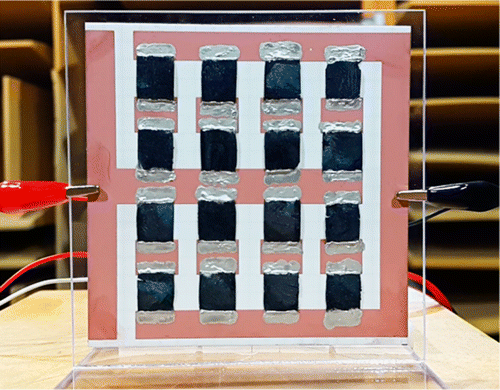Since the discovery of Graphene many potential applications arises from this amazing material due to its superior physical and chemical properties. Electrical and electronical applications are one of the fields that graphene finds many application to fit in due to its high conductivity and flexibility properties. Recently, researchers at Korea Advanced Institute of Science and Technology (KAIST) had successfully developed thermoacoustic speakers that is made out of graphene. The speaker is thin, flexible and non-vibrating which can be integrated in many devices and applications.

Image retrieved from: http://pubs.acs.org/doi/pdf/10.1021/acsami.6b03618
The working principle of the speaker is related to thermoacoustics which is the production of sound by rapidly heating and cooling a material rather than through vibrations. This principle is known for more than a century but with only graphene extraordinary conductive properties this principle could be applied. In the manufacture of the speaker, graphene aerogel is prepared by two-step (freeze-drying and reduction/doping) method. The developers say this method could open the door for mass production of the speaker and the use in mobile devices and other applications which require no vibrating units.
More information can be found in: Choong Sun Kim et al. Application of N-Doped Three-Dimensional Reduced Graphene Oxide Aerogel to Thin Film Loudspeaker, ACS Applied Materials & Interfaces (2016). DOI: 10.1021/acsami.6b03618
Posted by Mohammed ZABARA on October 24, 2016
Comments
Post a Comment